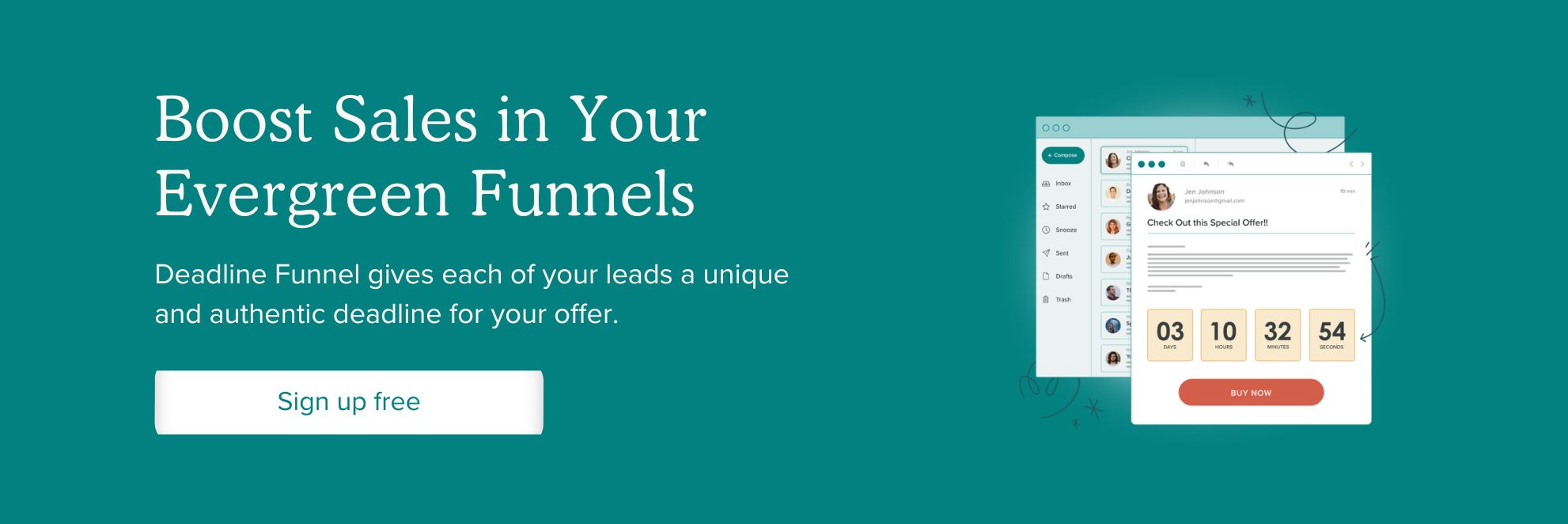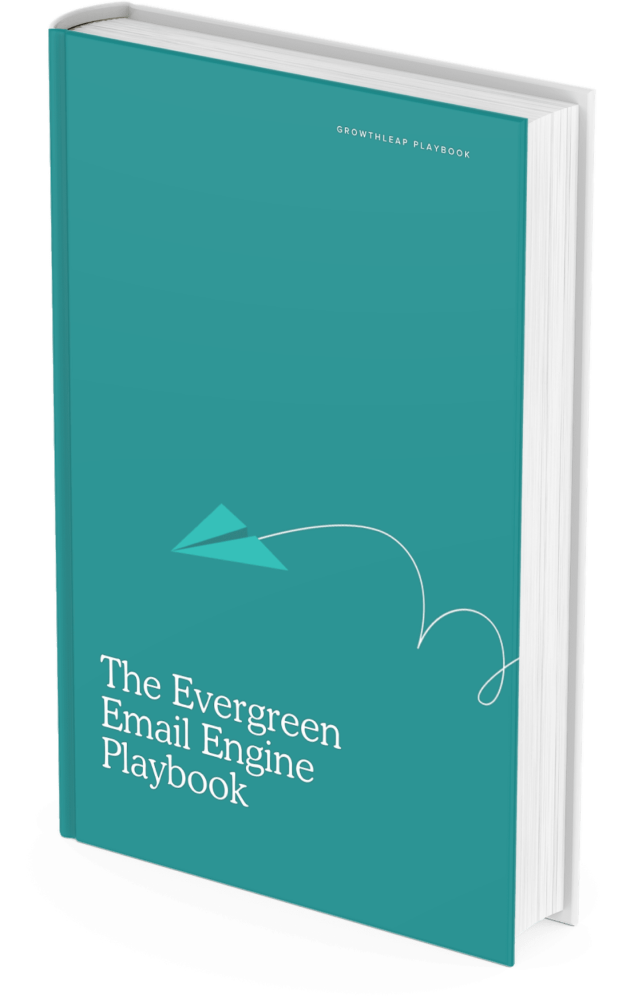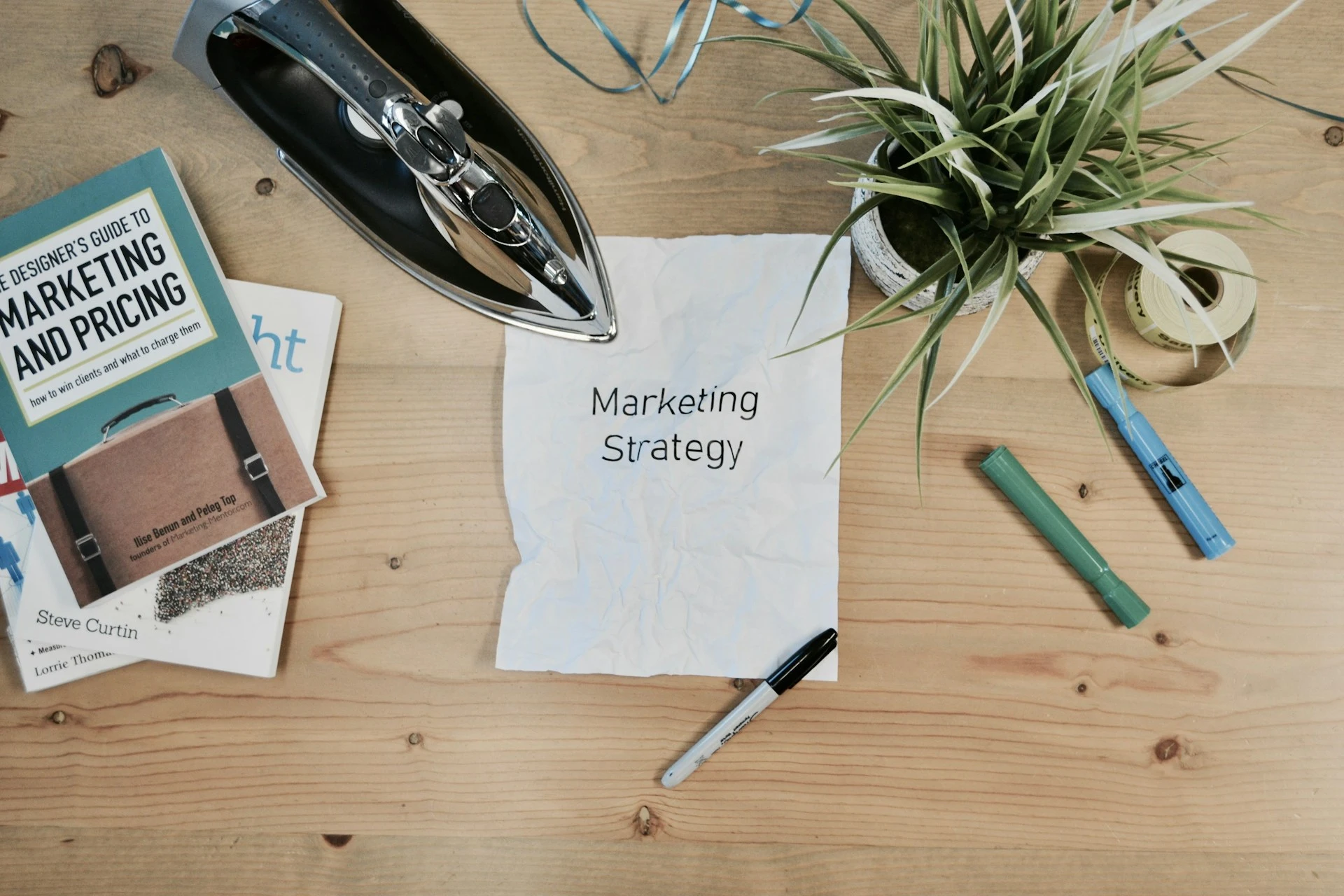
Marketing is rarely a one-click journey. It’s a winding series of steps that guide potential customers from “I’ve never heard of you” to “I can’t stop buying from you.” That’s what a marketing funnel is all about.
In simple terms, a marketing funnel is the path someone takes from discovering your brand to becoming a loyal customer.
It breaks the customer journey into distinct stages, each with its own goals, content types, and tactics.
It’s not a perfect science, but it’s one of the most useful ways to understand, optimize, and scale your marketing efforts.
Quick funnel stats to know
Adding a few data points gives your funnel strategy some weight:
- Businesses that use marketing automation see a 451% increase in qualified leads.
- Retaining a customer is 5–7x cheaper than acquiring a new one.
- 88% of consumers trust online reviews as much as personal recommendations.
- Retargeted website visitors are 70% more likely to convert.
- Top-performing landing pages convert at 11.45%+, while the average hovers around 2.35%.
The marketing funnel is as easy as 1, 2, 3 once you know the steps and get the right tools. So, take a journey with us from the top to the bottom, with tips and examples to help along the way.
The stages of a marketing funnel
Marketing funnels aren’t one-size-fits-all, but most follow the same general structure. Think of them like a roadmap for guiding people from “never heard of you” to “diehard fan.”
Each stage plays a specific role, and skipping steps means missing out on conversions.
Here’s a more complete look at each phase and how to actually make it work.
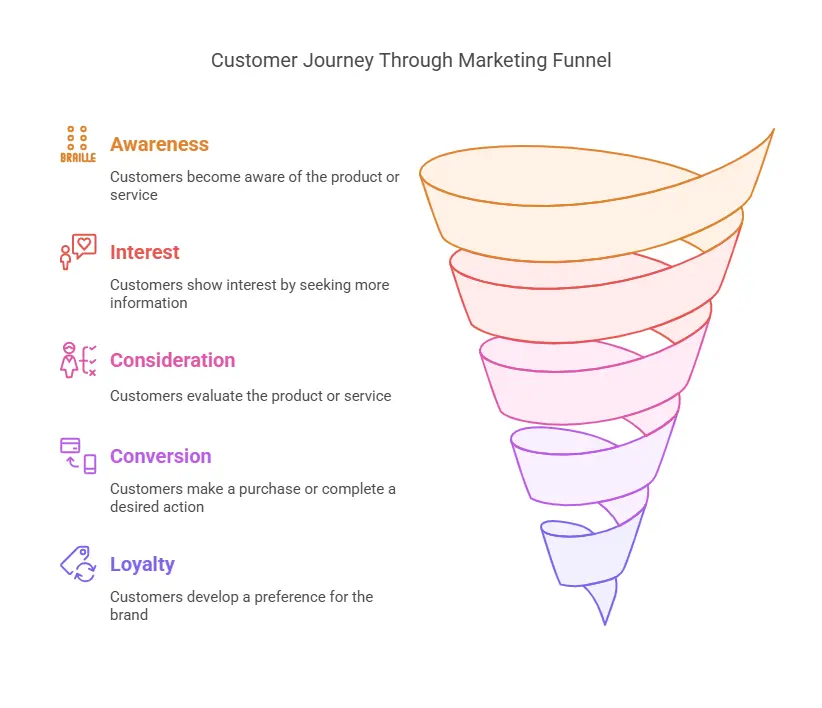
1. Awareness stage: Make them notice you

This is your first impression. The awareness stage is where strangers become aware that your brand exists.
They may not know they have a problem yet, and they definitely aren’t looking to buy. Your aim is just to show up and plant a seed.
Example: A skincare startup runs TikTok videos explaining the science behind each ingredient. No hard sells here – just fast, visually interesting content. Viewers learn something, follow the brand, and enter the top of the funnel without even realizing it.
Your goal: Get in front of the right audience with a message that resonates.
What works here
- Search-optimized blog posts answering beginner-level questions
- Social media content designed to educate or entertain
- YouTube videos that explain concepts related to your niche
- Influencer collaborations to tap into new audiences
- Paid ads that offer value, not just a hard sell
Why this matters
Search engines and visual content play a huge role at the top of the funnel. In fact, 68% of online experiences begin with a search engine, which makes SEO-driven content a must-have for visibility.
At the same time, 90% of consumers say that video helps them make buying decisions, making short-form video, tutorials, and explainers incredibly effective tools for building awareness and trust.
Pro tip: Don’t push your product yet. Focus on relevance and value. Your job here is to get remembered—not to close a deal.
2. Interest stage: Build curiosity and trust

Once someone is aware of you, the next step is earning their interest. This is where you go deeper: help them understand what you do, why you matter, and how you might fit into their world.
Example: ConvertKit offers a free email list-building course for creators. It’s packed with value, delivered over email, and builds goodwill before pitching anything. By the time someone finishes the course, they’re already primed to consider the product.
Your goal: Capture attention and build trust.
Effective strategies
- Lead magnets (eBooks, checklists, cheat sheets) in exchange for email addresses
- Webinar invites or on-demand video trainings
- Email newsletters that deliver actual value, not just product updates
- Social proof (press features, stats, user numbers)
- Mini-courses or free tools that solve a specific problem
Why this matters
Lead magnets and email marketing are two of the most effective tools for building interest in your funnel. In fact, 50% of marketers say lead magnets are the most effective way to grow their email list.
And once those leads are in, email delivers an average ROI of $36 for every $1 spent, solidifying it as one of the highest-performing channels for nurturing relationships and guiding people toward a purchase.
What to avoid: Talking only about yourself. People want to know: what’s in it for me?
3. Consideration stage: Show them you’re the right choice
At this point, your audience is problem-aware and actively comparing solutions. They’re weighing their options and you want to make it easy for them to choose you.
Example: Notion, popular task management software, uses detailed feature comparison pages to help people evaluate it vs tools like Evernote or Trello. They also showcase real user testimonials and integrations that address specific audience pain points.
Your goal: Position your brand as the most credible, valuable option.
Tactics to use
- Detailed product comparisons (especially vs competitors)
- Retargeting ads that revisit abandoned product pages
- Case studies and testimonials that show real results
- Interactive demos or calculators
- Personalized email sequences based on user behavior
Why this matters
The consideration stage is where trust turns into intent, and the right content can make a major impact. Case studies, for example, can boost B2B conversions by up to 70%, showing real-world proof of your value.
Retargeting also plays a big role here, with retargeted visitors being 43% more likely to convert. And when it comes to email, personalization matters: personalized emails generate 6x higher transaction rates compared to generic blasts.
Tip: Make sure every consideration-stage asset is mobile-friendly. People are researching on the go.
4. Conversion stage: Make buying the easy choice
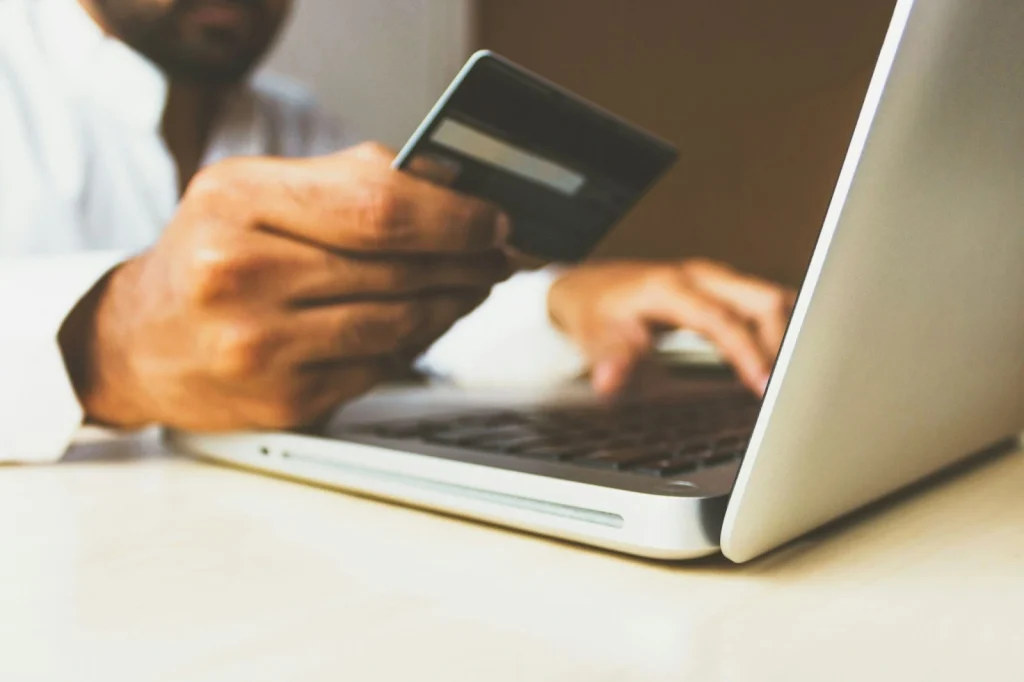
This is the “let’s go” moment. If they’ve made it this far, the only thing left is to give them a reason to act now. Think frictionless UX, compelling CTAs, and time-sensitive offers.
Example: Many SaaS brands offer a 14-day free trial with no credit card required. That eliminates friction and gets people into the product fast. Calendly, for example, pushes users into onboarding immediately to shorten time-to-value.
Your goal: Remove barriers and drive the sale.
Conversion boosters
- Limited-time offers or bonuses (with real deadlines)
- Free trials, samples, or “try before you buy” options
- Risk reversals like money-back guarantees
- Live demos or 1:1 calls to close the gap
- Clear, distraction-free sales pages with persuasive copy
Why this matters
At the conversion stage, clarity and incentives can make all the difference. Landing pages with a single, focused CTA convert 2.5x better than those with multiple calls to action.
Shoppers also respond to value: 60% say they’re more likely to make a purchase if there’s a discount code available. And in SaaS, offering a free trial can increase conversion rates by as much as 66%, helping users experience the product before committing.
Big mistake to avoid: A vague or buried CTA. Be bold. Tell people exactly what to do next—and why now is the right time.
5. Loyalty stage: Keep them coming back

Customer retention is where your profit margin lives. Loyalty isn’t built through luck, it’s earned through great onboarding, thoughtful communication, and consistent post-purchase value.
Example: Chewy, the pet supply brand, is famous for sending personalized handwritten cards and surprise gifts to customers. This low-cost gesture leads to massive word-of-mouth and repeat purchases.
Your goal: Turn customers into repeat buyers.
Smart loyalty strategies
- Onboarding emails with how-to content or best practices
- Personal post-purchase check-ins or surprise offers
- Exclusive discounts for returning customers
- Loyalty or referral programs
- Engaging product education content (e.g., tutorials or pro tips)
Why this matters
Loyalty isn’t just about warm feelings – it’s a major growth driver! Repeat customers spend 67% more than new ones, and the likelihood of selling to an existing customer is as high as 70%, compared to just 5–20% for new leads.
On top of that, brands that prioritize customer experience generate 5.7x more revenue, proving that post-purchase engagement is just as important as acquisition.
6. Advocacy stage: Let your customers do the talking

This is the top-tier goal: create customers who sell your product for you. When people have a genuinely great experience, they’ll talk about it. Your job is to make that easy (and rewarding).
Example: Canva encourages users to share their designs on social media with branded hashtags. This UGC turns casual users into brand ambassadors while giving the product more reach without paying for ads.
Your goal: Turn happy customers into enthusiastic promoters.
Advocacy tools
- Referral bonuses for both the referrer and their friend
- Easy-to-share templates or pre-written copy for social proof
- Affiliate programs for influencers or high-referral users
- Public reviews and testimonial requests post-purchase
- Featuring real customers in your content or newsletters
Why this matters
Advocacy turns loyal customers into your most powerful marketing asset. A full 92% of consumers trust referrals from people they know, making word-of-mouth one of the most credible and effective forms of promotion.
It also delivers results: word-of-mouth marketing drives $6 trillion in annual spending and accounts for 13% of total sales. Even better, customers acquired through referrals have a 37% higher retention rate, making them more likely to stick around for the long haul.
What works best: Authenticity. Real voices, not forced marketing copy, build the kind of trust that paid ads can’t touch.
Why marketing funnels matter
If you’re winging your marketing without a funnel, you’re basically gambling with your budget. Funnels bring structure and predictability to what would otherwise be chaotic.
Here’s why that matters:
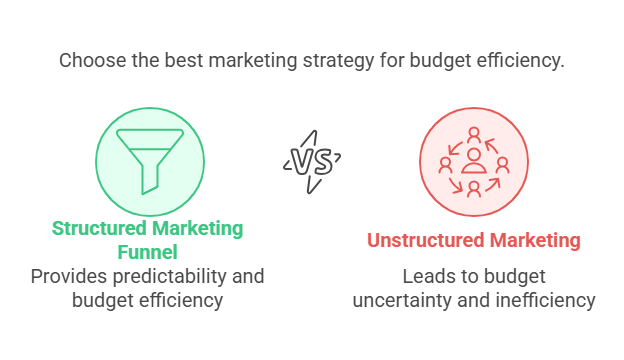
You meet people where they are
Instead of blasting one-size-fits-all messaging, a funnel helps you tailor content based on where someone is in the decision process. That means less guesswork and more conversions.
Marketers using segmented campaigns see a 760% increase in revenue.
You guide users instead of losing them
Without a funnel, leads can fall through the cracks. But with a mapped-out journey, you’re creating a logical next step at every stage.
Companies that excel at lead nurturing generate 50% more sales-ready leads at 33% lower cost.
You get clearer data
Funnels aren’t just good for planning, they’re good for analysis, too. You can track drop-off points, see which content actually moves people forward, and spot bottlenecks that are killing your conversions.
You focus your efforts where they matter
If most leads are dropping off in the middle of the funnel, why keep dumping ad spend into awareness? A funnel helps you zoom in on weak links and fix them, saving time and money.
You improve ROI across the board
Better segmentation, stronger targeting, and clearer messaging at each stage = more efficient marketing. Whether you’re a solo founder or a full-scale team, that kind of clarity compounds over time.
Businesses using marketing automation to nurture prospects see a 451% increase in qualified leads.
Common funnel mistakes (and how to avoid them)
Even the best brands misfire when it comes to building and managing their funnel. Here are a few common traps to avoid and how to fix them.
Mistake 1: Selling too early
Pushing a hard CTA during the awareness stage is a fast way to lose trust. People need time to warm up.
Fix: Keep early-stage content focused on education or entertainment. Sell later after trust is built.
Mistake 2: Treating every lead the same
A cold lead who just downloaded your ebook isn’t ready for the same message as someone who’s viewed your pricing page twice. Leads nurtured with targeted content produce a 20% increase in sales opportunities.
Fix: Use segmentation and behavior-based triggers in your emails and retargeting ads.
Mistake 3: Relying on one channel
If your funnel depends entirely on Instagram or Google Ads, one algorithm shift can tank your visibility.
Fix: Diversify your traffic sources. Build owned channels like email and SEO for resilience.
Mistake 4: Ignoring the post-purchase experience
Many brands go silent after a sale, which is a big mistake! That’s where loyalty, referrals, and retention are made (or lost).
Fix: Create post-purchase touchpoints that feel thoughtful, not automated.
Mistake 5: Not reviewing funnel performance
If you’re not measuring what’s working and what’s not, you can’t improve it. Companies that measure ROI are 1.6x more likely to receive higher budgets for future marketing campaigns.
Fix: Regularly review each stage’s performance using tools like Google Analytics and heatmaps.
Tools to build and track a marketing funnel
You don’t need a 10-tool tech stack or an enterprise budget to run a solid funnel. But you do need the right tools for each stage; tools that save time, improve targeting, and help you make data-driven decisions.
Top of funnel (awareness & interest)
These tools help you get discovered and start building trust:
- WordPress, Webflow, Ghost: Create SEO-optimized blogs, landing pages, and educational content.
- Ahrefs, Semrush, Ubersuggest: Find keywords, spy on competitors, and improve your visibility.
- Google Ads, Meta Ads Manager: Launch paid campaigns that drive traffic to lead magnets or intro content.
- Buffer, Hootsuite: Stay consistent across platforms without losing your mind.
Stat to know: 70% of marketers say SEO is more effective than PPC for driving awareness long-term.
Middle of funnel (consideration & conversion)
Where leads are weighing options – so help them choose you!
- ConvertKit, Mailchimp, ActiveCampaign: Automate lead nurturing with personalized email flows.
- HubSpot, Salesforce, Pipedrive: Manage pipelines, score leads, and sync your data across teams.
- Unbounce, Carrd, Instapage: Build landing pages that convert without needing a developer.
- Intercom, Drift, Tidio: Answer objections in real time via chatbots or live messaging.
Stat to know: Personalized emails deliver 6x higher transaction rates.
Bottom of funnel (loyalty & advocacy)
The tools that make people stick around and tell their friends.
- ReferralCandy, InviteReferrals: Create scalable referral programs with built-in tracking.
- Smile.io, LoyaltyLion: Reward repeat customers and track points, VIP tiers, and more.
- Zendesk, Help Scout: Deliver excellent post-purchase support.
- Typeform, Google Forms: Collect reviews, feedback, and user-generated content.
Stat to know: 83% of customers say loyalty programs make them more likely to continue doing business with a brand.
Analytics (Track everything)
Without data, you’re just guessing. These tools show you what’s working.
- Google Analytics: Monitor traffic, measure conversions, and spot drop-offs.
- Hotjar, Microsoft Clarity: Watch how users move through your site with heatmaps and recordings.
- Funnelytics, Google Looker Studio: Map and visualize your funnel from first click to final sale.
Stat to know: Companies that use advanced analytics are 2.2x more likely to outperform their peers.
Final funnel tips
Marketing funnels aren’t just diagrams, they’re dynamic systems that reflect how people actually make decisions. Whether you’re building your first funnel or optimizing an existing one, here’s what to remember:
- Track everything: Without data, you’re just guessing. Use analytics to spot what’s working and what’s stalling.
- Make it personal: Relevance wins every time. Tailor your messaging to each stage of the funnel.
- Don’t skip the nurture: Most people won’t buy the first time they see you. Stay top of mind with helpful, engaging follow-up content.
- Update your assets regularly: Your audience evolves. So should your messaging, offers, and creative.
- Test, tweak, repeat: Funnels aren’t static. Run experiments and use what you learn to keep improving.
If you’re looking for a smarter way to add urgency to your funnel, here’s one last tip…
Use Deadline Funnel to automate real-time urgency across your emails, landing pages, and product launches. It’s the easiest way to run limited-time offers without the hassle—or the guesswork.
Start your free trial of Deadline Funnel and see how urgency can turn clicks into conversions.

